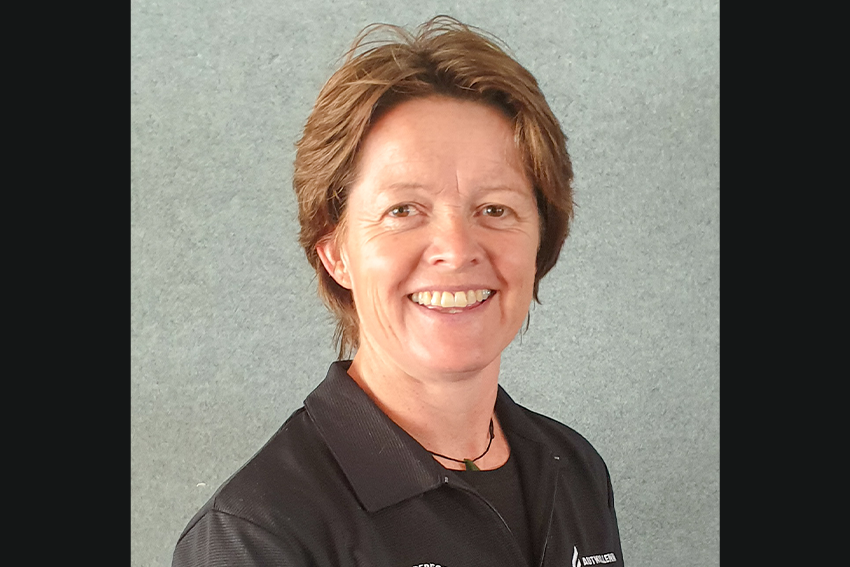Top play – it's all in the eyes

AUT research at the U21 Hockey World Cup taking place in India aims to improve player decision-making and provide more goal opportunities.
Analysis of the relationship between visual scanning frequency, effective passing and variation with player position will be used to modify coaching design and improve player decision making and passing performance for all teams competing at the Men’s U21 World Cup in Bhubaneswar, India.
A collaboration between Associate Professor Kirsten Spencer, of the AUT Youth Development Research Group, and Associate Professor Martinique Sparks from South Africa’s North West University has enabled filming of each match. The footage will be analysed to assess player performance through quantifying attacking play and determining the variation on scanning and vision and how it influences passing performance.
Associate Professor Spencer says effective passing is a key element in the development of youth athletes, aided by the frequency of the player’s visual scanning of the surrounding environment. When, where, how often, and in what direction a player scans before and after the pass may influence the success or failure of the pass and subsequent play.
"While there is a strong body of quantitative research on the importance of scanning and passing in Football, little exists for field hockey.”
Performance analysis conducted in Football, has shown a higher scanning frequency in the ten seconds prior to receiving the ball increased the chance of the subsequent action being successful. Extrapolating and accounting for similarities to Field Hockey, Associate Professor Spencer says researchers would expect similar outcomes but as there are also differences between the two codes, more research on hockey is required to see how this applies.
However, she says it’s a certainty for both sports that scanning should be emphasised in the development of youth athletes to develop athletes’ performance by knowing when and where to look and so leading to better decision-making.